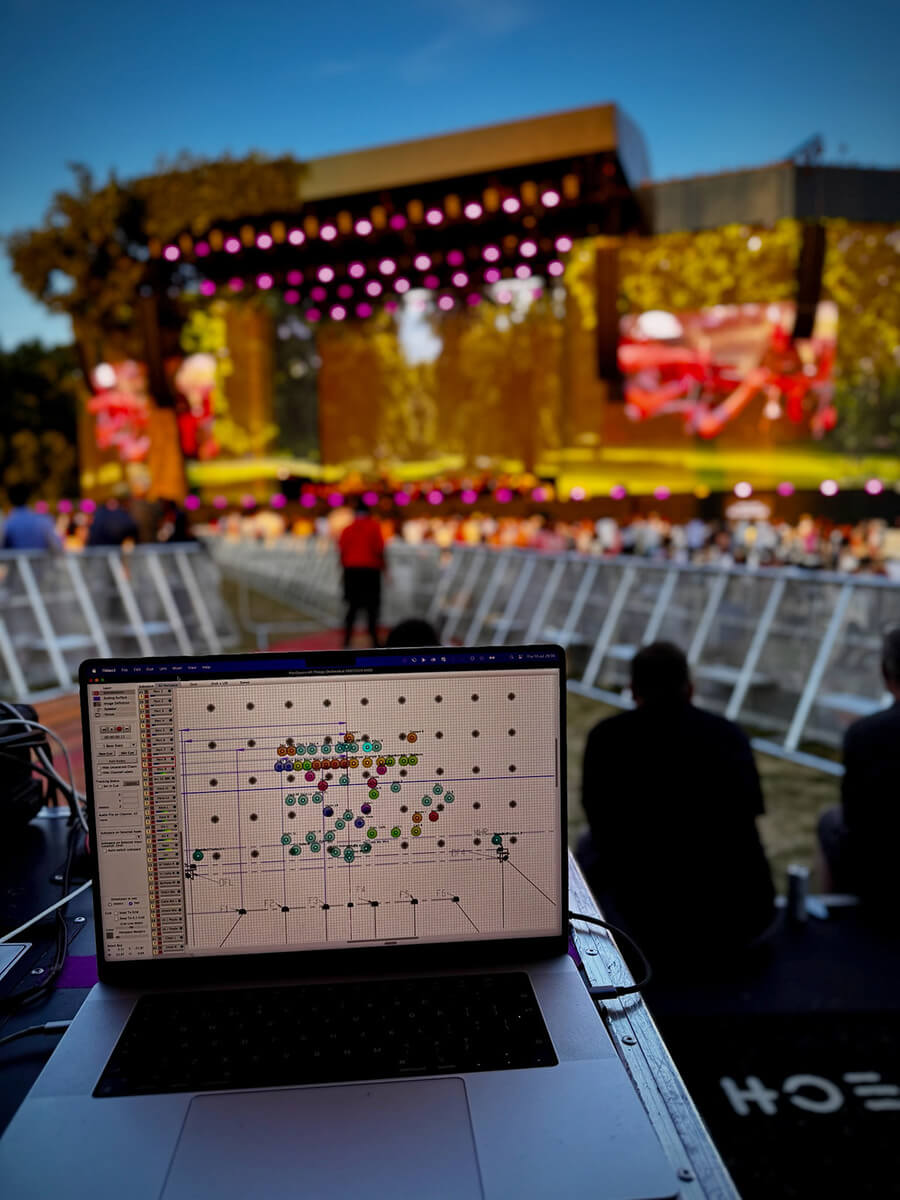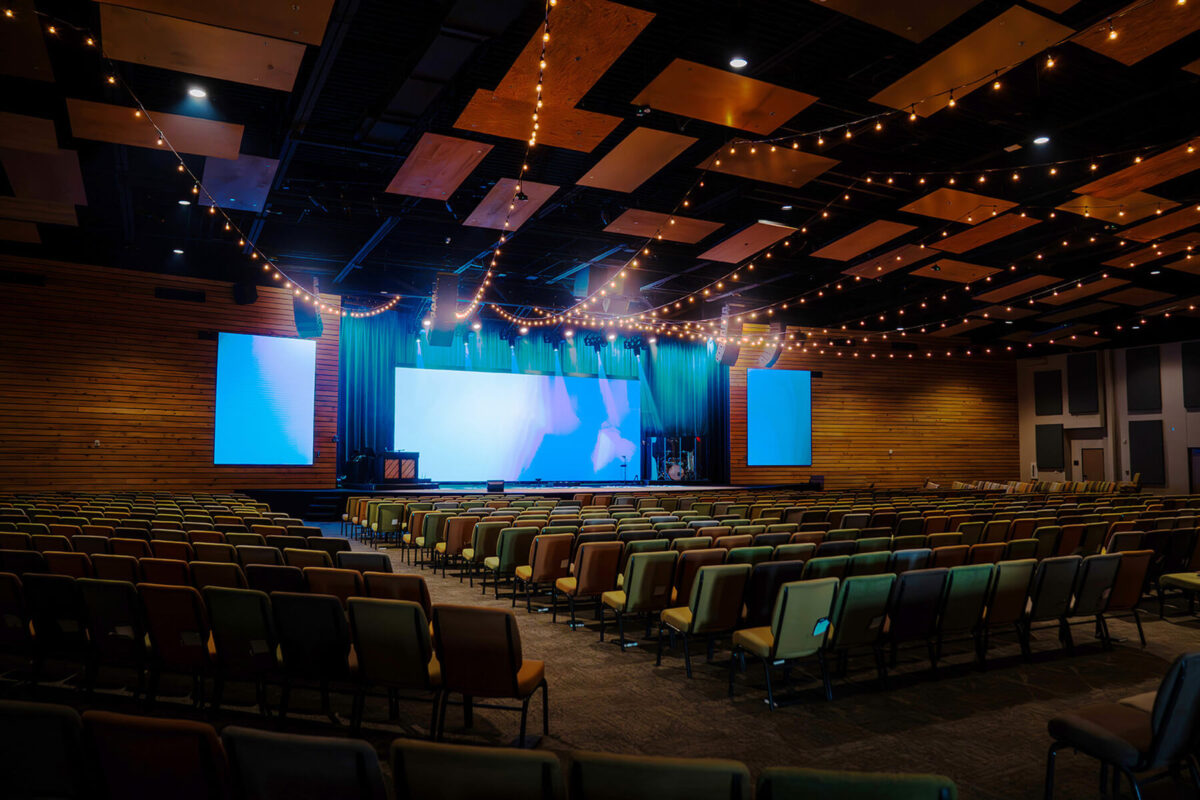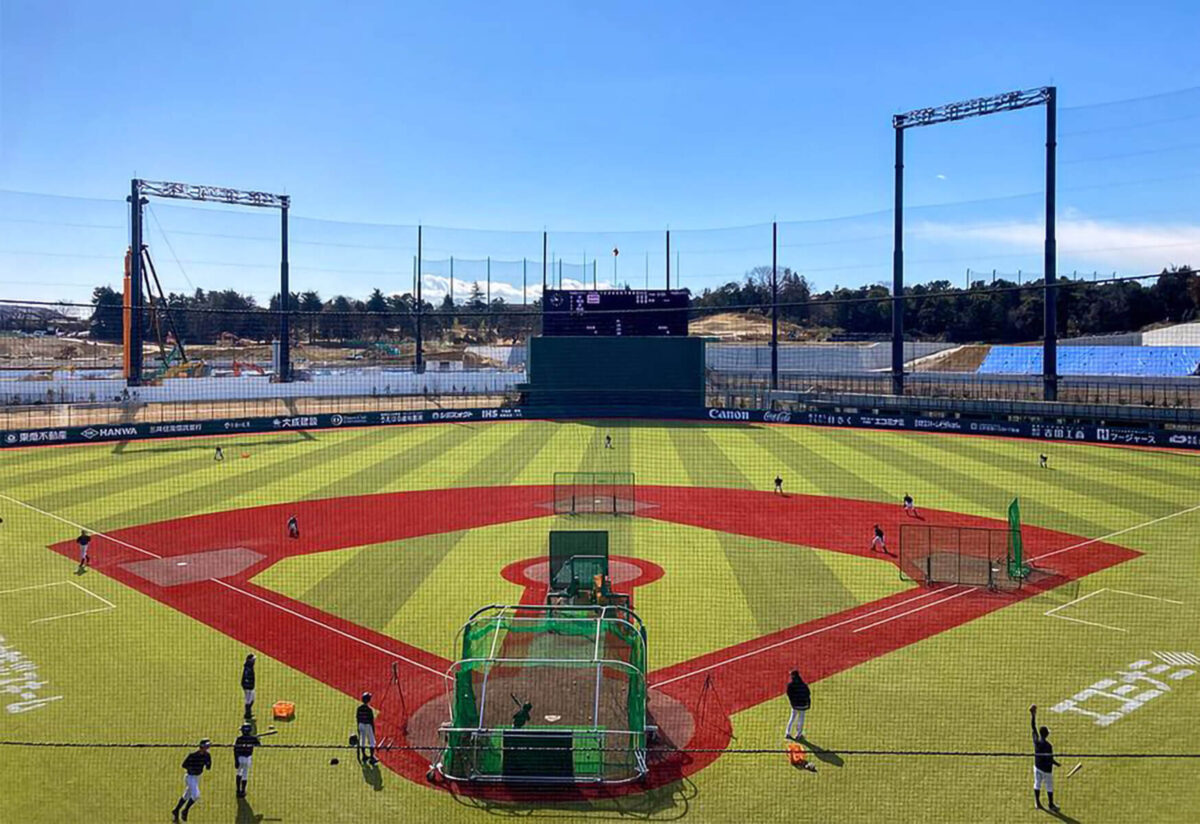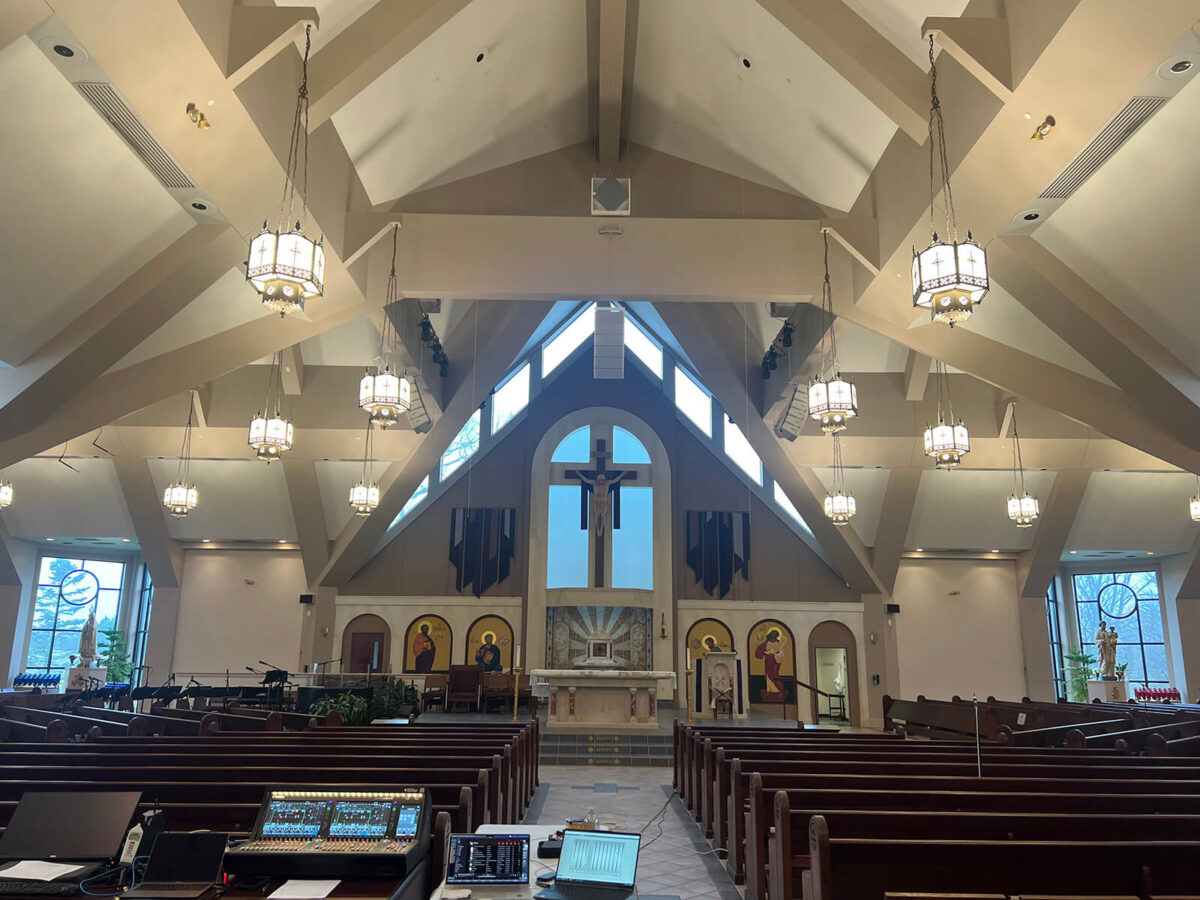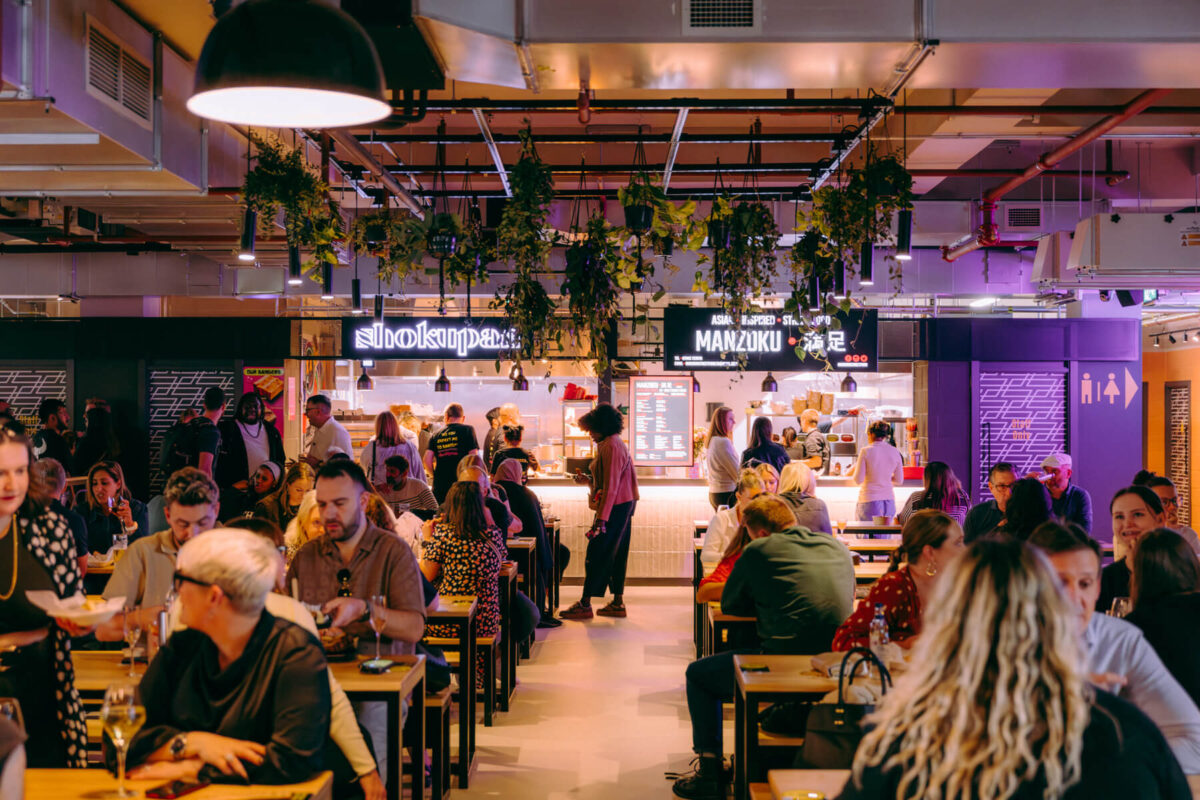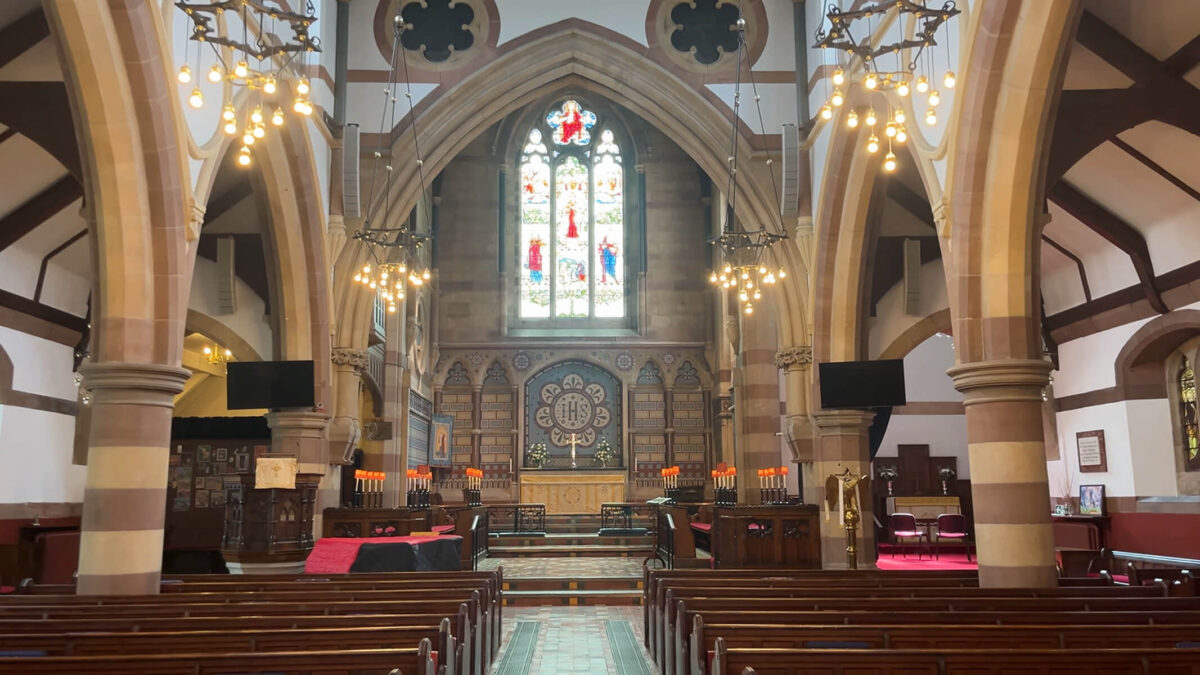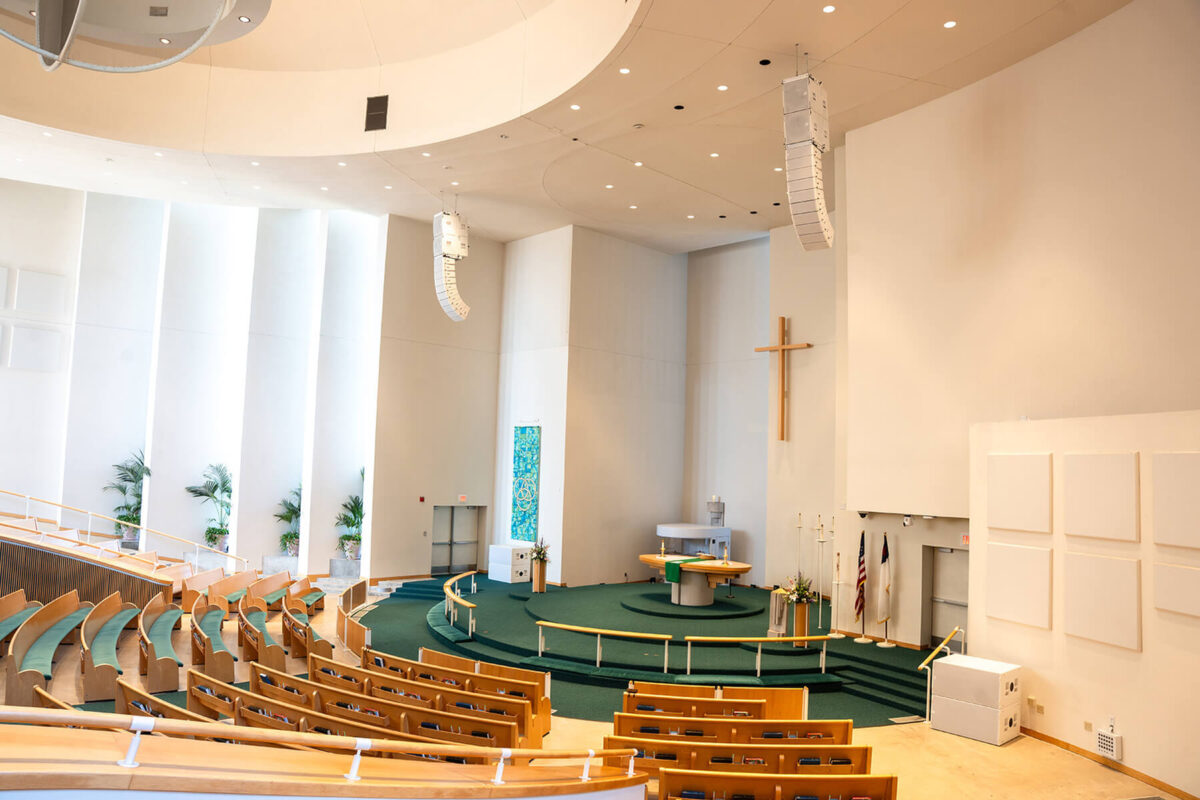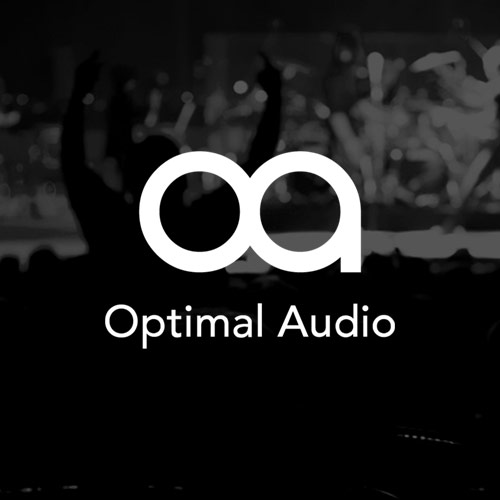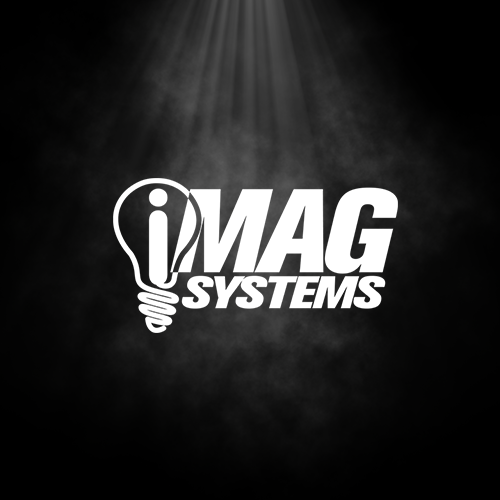UK – In a live spatial audio first, a performance of the Royal Philharmonic Concert Orchestra was authentically spatialised using an object-based TiMax mix across a Martin Audio left/right main system, typical of a conventional festival PA setup. Such was the impressive feat, the concert has now been shortlisted in the UKFestivalAwards 2025.
The landmark moment took place at London’s BST Hyde Park Festival (BST), where Solotech UK supplied the Martin Audio optimised line array system. Sound designer and FOH mix engineer, Sonosphere’s Phil Wright, realised the sonic feat by replacing the usual console matrix mixer function with a TiMax SoundHub delay-matrix spatial processor. Working within the constraints of a typical stereo hang system – plus standard front-fills and delays – Wright redefined the possibilities of spatial audio in a live outdoor setting.
“Usually, only a small percentage of the audience falls within the stereo corridor at any gig,” Wright explained. “We wanted to expand that experience – not artificially with more hangs – but with the powerful capabilities of TiMax across a standard festival PA.”
TiMax product and software manager, Dan Higgott, created a spatial rendering of the stage layout in the studio using TiMax, which was transferred to the TiMax SoundHub at BST’s FOH via the new TiMax Scaling Surfaces feature, and scaled up to replicate the actual stage.
WE KNEW TIMAX WOULD PRODUCE THIS LEVEL OF CLARITY AND REALISM.
TiMax received each orchestral microphone or microphone group separately as its own object, and directly fed the various main, fill, sub and delay sections of the PA from its matrix outputs. Allowing each input object to be positioned with both time and level-based control, TiMax recreated a highly accurate sonic map of the performance not just at the mix position, but across a much wider audience area.
“There was very little in the way of level-based panning in the mains,” noted Wright. “But by working with delay-based spatial cues, the imaging remained clear and authentic – even from well outside the usual sweet spot. It was more than we’d hoped for.”
One standout feature of the setup was the imaging of the chorus. With over 100 inputs, grouped where necessary but mostly preserved as individual sources, TiMax enabled the kind of spatial separation and clarity not usually achievable in stereo festival mixes. “The PA just disappeared,” Wright added. “We had full depth, full width – and the choir sat exactly where it should, without smearing or spill.”
The spatialised setup also brought unexpected precision to the mixing process. “You lose the masking that stereo introduces,” Wright explained. “It’s like going from standard definition to high-def – suddenly, every detail matters. Even between three flutes, I had to EQ each separately to reflect their different tonal characteristics.”
Instead of collapsing into mono or skewing to one side, even extreme placements, such as a drum kit far stage-right, maintained integrity within the spatial soundstage. According to Wright, “Once we’d heard it in place, anything we’d done to ‘cheat’ the placement stood out. So, we put everything back where it actually was and it just worked.”
Dan Higgott affirmed, “We knew TiMax would produce this level of clarity and realism. The event proves that true orchestral spatialisation can be brought to festival settings without requiring specialised multi-hang or surround systems – and without compromising fidelity.
“It’s not about gimmicks,” said Wright. “It’s about hearing a full orchestra as it really exists on stage. And now, we can do that even on a left/right PA.”

